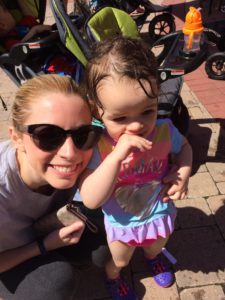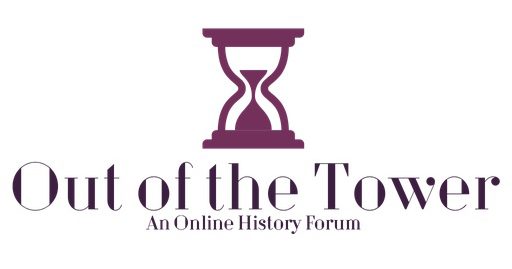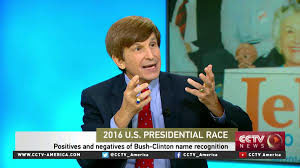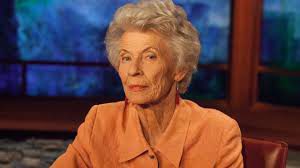For decades, scholars have attempted to capture the circumstances that led up to the French Revolution. In The Coming of the French Revolution, for instance, Georges Lefebvre explains the causes of the French Revolution with a socioeconomic interpretation. In particular, Lefebvre argues that the rising dominance of the bourgeoisie produced the political turmoil of the revolution.[1] In other works, scholars, such as Francois Furet, Robert Darnton, and Keith Michael Baker, underscore the importance of political ideologies and culture for understanding the causes of the revolution.[2] Still others historians, such as Timothy Tackett, contend that the ineptitude of the royal family also helped to bring about the war. Tackett, for example, insists that the salacious and careless actions of the royal family before and during the war undermined the public’s perception of the family as a symbol of sacred authority.[3]
Similar to Tackett’s analysis, Caroline Weber also draws attention to the significance of the royal family in Queen of Fashion: What Marie Antoinette Wore to the Revolution.[4] The central aim of Weber’s study is to show how Marie Antoinette used the appeal of court fashion to exert political power. Through a comparison of Marie Antoinette to her famous ancestor, Louis XIV, Weber argues that the queen “identified fashion as a key weapon in her struggle for personal prestige, authority, and sometimes mere survival.”[5] In all, Weber concludes that Marie Antoinette fought her political adversaries with style.
Read more
 Sorry for the delay in posting. During my absence, I was working on a piece that has been published in New America Weekly. The article looks at the history of child care in America. It argues that we will not solve our child care problem until we recognize that women have always worked in ways that extend beyond their conventional roles as mothers. In the spring, I will be back with new posts on the history of fascism, the woman suffrage movement, and women’s wartime experiences in WWII. Until then, you can read my child care piece here.
Sorry for the delay in posting. During my absence, I was working on a piece that has been published in New America Weekly. The article looks at the history of child care in America. It argues that we will not solve our child care problem until we recognize that women have always worked in ways that extend beyond their conventional roles as mothers. In the spring, I will be back with new posts on the history of fascism, the woman suffrage movement, and women’s wartime experiences in WWII. Until then, you can read my child care piece here.




